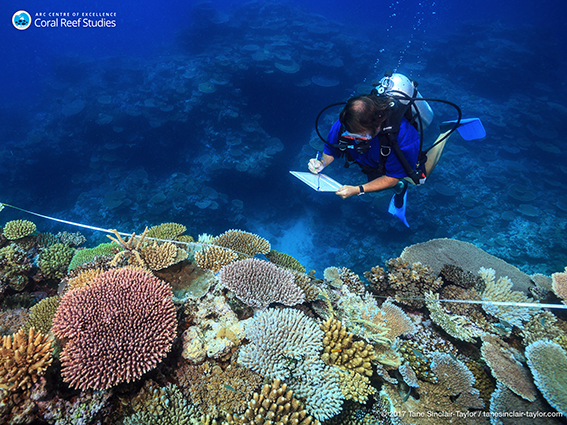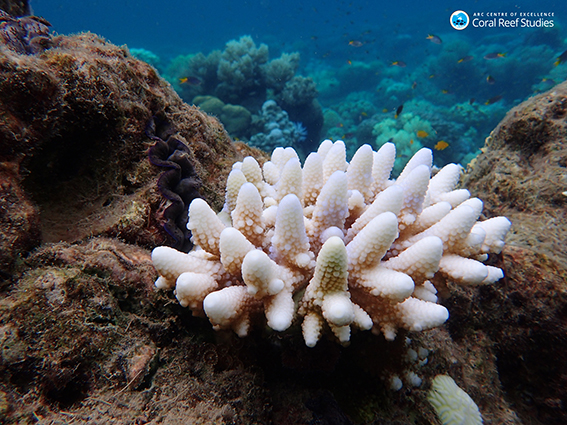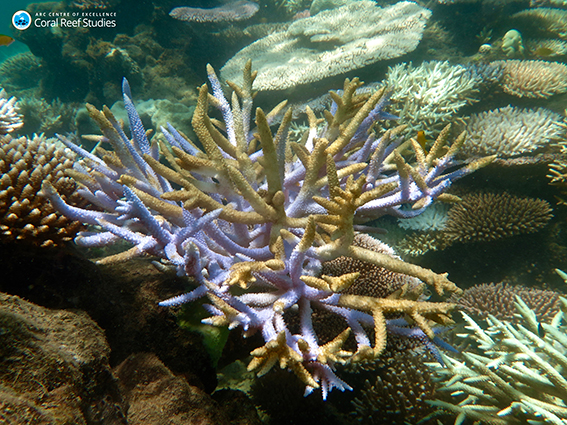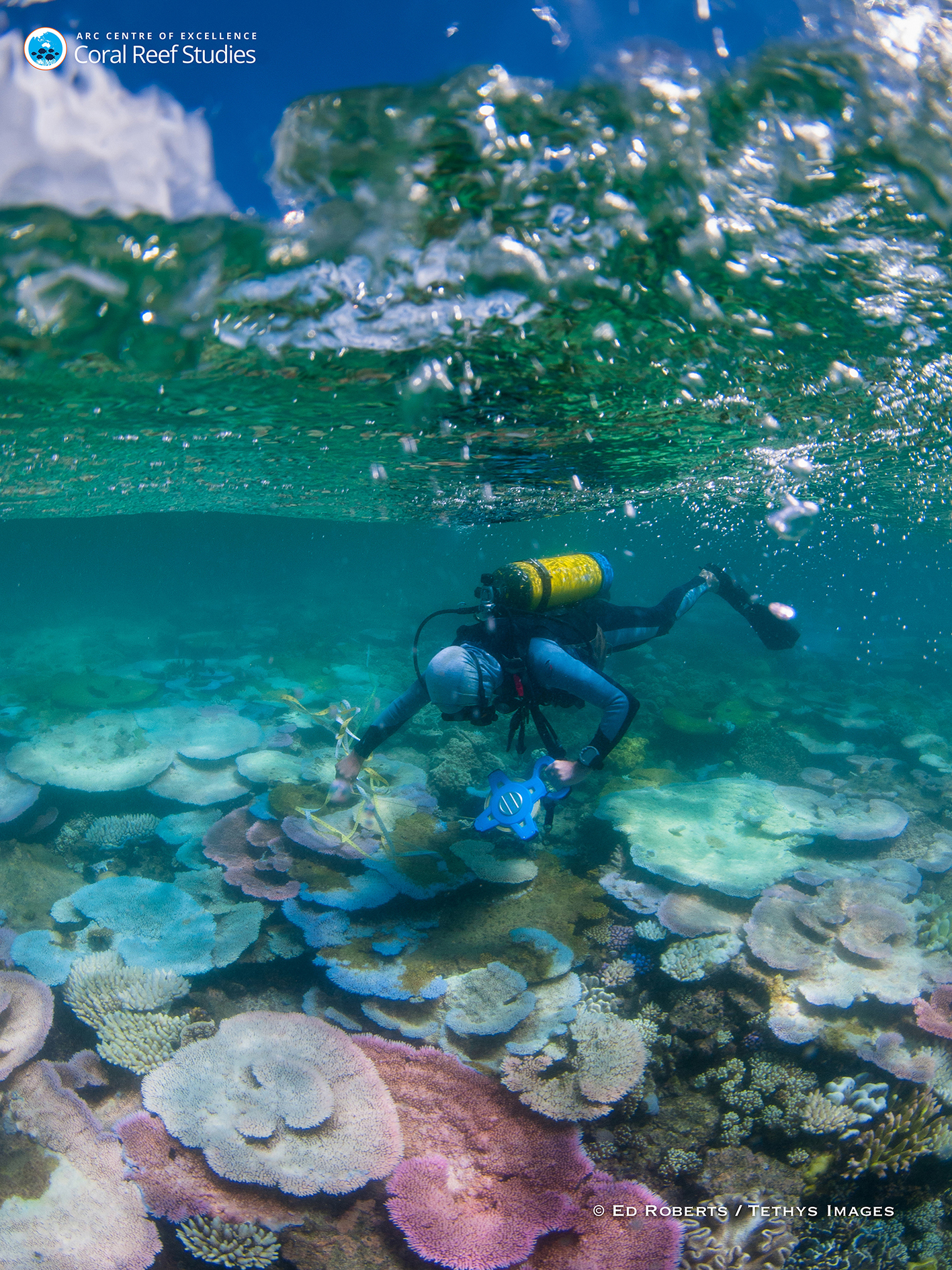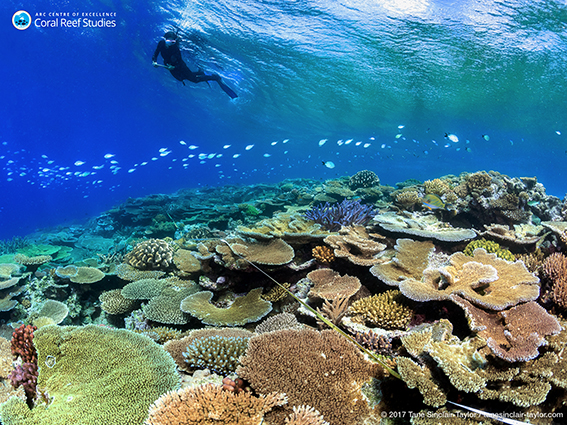Scientists mobilise to halt bleaching
Coral researchers from 10 organisations are teaming up as the Coral Bleaching Taskforce to conduct aerial and underwater surveys of the Great Barrier Reef.
Written by Jeni Bone
Photography by Greg Torda/Terry Hughes, ARC/ Ed Roberts
18 March 2017
Advertisement
Coral researchers are mobilising to conduct aerial and underwater surveys along the Great Barrier Reef and elsewhere in Australia as coral bleaching reappears for the second year in a row.
The decision coincides with the release today of a study in the prestigious journal Nature warning the Reef’s resilience is rapidly waning.
Scientists and Reef managers from 10 research institutions across Australia, representing the National Coral Bleaching Taskforce, have returned to the Reef only one year after scorching temperatures caused the worst coral bleaching event on record in 2016. Teams will spend the next few weeks in the air and underwater measuring the extent of the damage from this summer compared to last year.
Advertisement
“We’re hoping that the next two to three weeks will cool off quickly, and this year’s bleaching won’t be anything like last year. The severity of the 2016 bleaching was off the chart,” explains lead author and Taskforce convener, Prof. Terry Hughes (ARC Centre of Excellence for Coral Reef Studies).
“It was the third major bleaching to affect the Great Barrier Reef, following earlier heatwaves in 1998 and 2002. Now we’re gearing up to study a potential number four.”
“We have now assessed whether past exposure to bleaching in 1998 and 2002 made reefs any more tolerant in 2016. Sadly, we found no evidence that past bleaching makes the corals any tougher.”
“It broke my heart to see so many corals dying on northern reefs on the Great Barrier Reef in 2016,” says Prof. Hughes, who led the expansive aerial surveys. “With rising temperatures due to global warming, it’s only a matter of time before we see more of these events. A fourth event after only one year is a major blow to the Reef”.The paper "Global warming and recurrent mass bleaching of corals", by 46 co-authors, appears in the journal Nature.http://dx.doi.org/10.1038/nature21707www.jcu.edu.au
Advertisement
Advertisement
Advertisement


